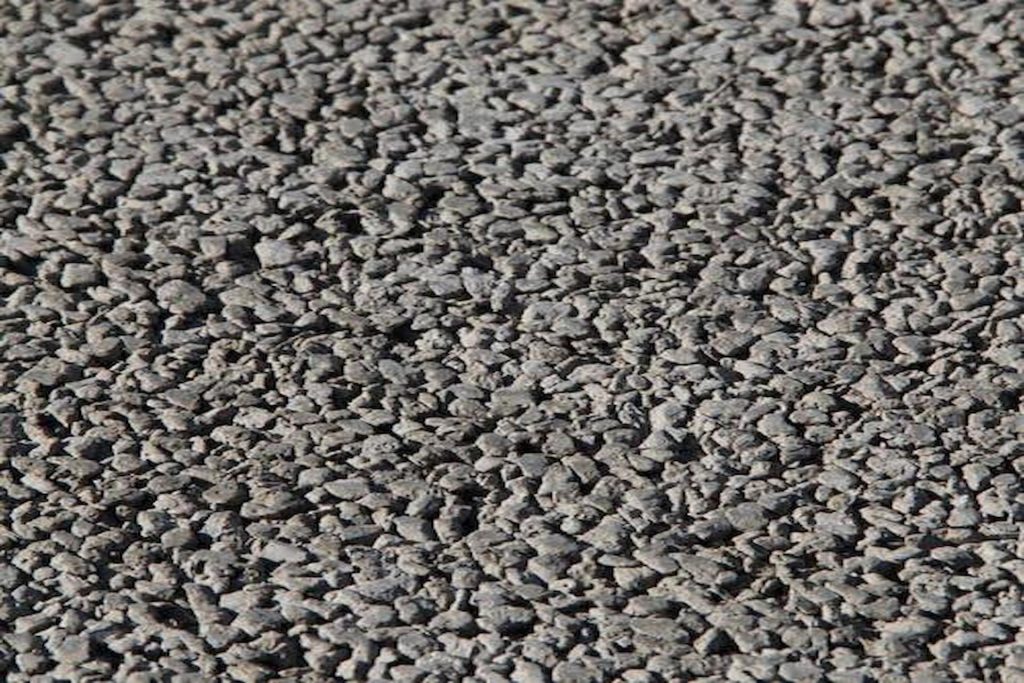Indeed, permeable tarmac’s popularity has seen a significant rise recently, especially within Australian landscapes. As we strive towards creating sustainable environments, permeable tarmac has emerged as a front-runner in the industry for its eco-friendly persona and functionality. This versatile paving solution is changing the face of global landscaping practices, too.
Considering these aspects, this blog post attempts to decode the essentiality of permeable tarmac in modern landscapes by delving into its science, versatility, eco-benefits, and future possibilities. We’ll also be touching on how homeowners can DIY install permeable tarmac and what local industry experts have to say about it. Here’s taking a gaze at sustainability through the lens of permeable tarmac.
Understanding The Rise In Popularity Of Permeable Tarmac: The Sustainable Shift
To understand the rising popularity of permeable tarmac in Australian and, indeed, worldwide landscapes, it is essential to underline the focus on sustainable living and eco-conscious practices. As the realities of climate change become more evident, homeowners, city planners, and landscape architects recognize the need for sustainable choices.
Permeable tarmac, with its eco-friendly properties, fits perfectly into this burgeoning trend. It significantly reduces stormwater runoff, preventing the rapid export into bodies of water, which often leads to erosion and degradation of natural environments. This new-age paving solution is steadily making a mark on landscapes, helping the planet, and revolutionising the construction industry, one driveway at a time!
The Science Behind Permeable Tarmac
Understanding permeable tarmac doesn’t necessarily require a Ph.D. in civil engineering! At its core, any tarmac is a layer of compacted particles: typically stones or aggregates. In regular tarmac, these particles are tightly packed together, with little or no space for water to penetrate.
However, the story is different for permeable tarmac. Here, the particles are loosely arranged, with ample void spaces. These open spaces, or ‘pores’, allow water to infiltrate, integrating the natural water-cycle into our built environments. When rain falls on a permeable surface, instead of flowing off, it trickles down through these void spaces, recharging the groundwater and preventing water-logging.
The Versatility Of Permeable Tarmac
Not just driveways or parking lots, permeable tarmac stretches its scope of application to various landscaping scenarios. It’s an ideal paving solution for patios, walkways, pool surrounds, and even sports arenas. Each scenario unfolds its benefits, like minimal water ponding, less surface runoff, and enhanced safety during precipitation.
However, it’s essential to note that heavily trafficked areas or those exposed to high vehicle weights might face potential drawbacks. Permeable tarmac in such zones may demand frequent maintenance or face quicker degradation. Nevertheless, with appropriate design and suitable materials, it’s possible to mitigate these risks significantly.
Eco-Benefits Of Permeable Tarmac: A Greener Paving Choice
Traditionally, concrete and asphalt pavements are sealed surfaces, which have contributed to widespread urban runoff issues and increased contamination of water bodies. Conversely, permeable tarmac offers a more environmentally friendly alternative by its inherent design approach.
By capturing stormwater and allowing it to seep into the ground, permeable tarmac replenishes aquifers and reduces surface runoff. This quality helps control soil erosion, reduce the ‘heat island’ effect, and even improve water quality by mimicking the natural water cycle. So, in essence, choosing permeable tarmac is akin to nurturing our planet!
DIY Guide: Installing Permeable Tarmac At Your Home
Installing permeable tarmac at your homes might seem ambitious but is truly rewarding. Here’s a beginner-friendly guide to help you install it:
Materials Needed:
Stone aggregate
Permeable Asphalt
Landscaping fabric
Edge restraints
Drain pipes
Suitable excavation tools
(More detailed steps and images can be added based on the space and word constraints of the actual post)
Expert Opinions: What Australian Landscape Architects Say About Permeable Tarmac
Renowned landscape architects and designers across Australia vouch for permeable tarmac. They assert that it not only adds aesthetic value to a property but also contributes meaningfully towards sustainability. For instance, Mick Smith from Sydney Landscape Architects asserts that the ability of permeable tarmac to manage stormwater has made it a sought-after choice for various projects at his firm.
Future Trends: The Road Ahead For Permeable Tarmac
The future of permeable tarmac looks promising as sustainable construction becomes mainstream. With advances in materials and design techniques, we can expect permeable tarmac to be more robust, visually appealing, and affordable. It’s anticipated that we will see its use expand beyond driveways and parking lots to more extensive applications such as highways and city roads.
Conclusion: Making The Smart Choice With Permeable Tarmac
Permeable tarmac represents a significant step forward towards building sustainable landscapes. Its versatility, positive environmental impact, and potential cost savings make it a smart choice for homeowners seeking to upgrade their properties in a meaningful manner.
While there may be an upfront investment, the long-term benefits, both for personal use and the environment, make it well worth considering. So why not mix a bit of green with your grey and opt for permeable tarmac paving! After all, we owe it to our ‘sunburnt country’ and future generations to make responsible and lasting choices.
Read more: https://www.heatherdaniel.org/driveway-styles-that-are-most-common-for-homes/

